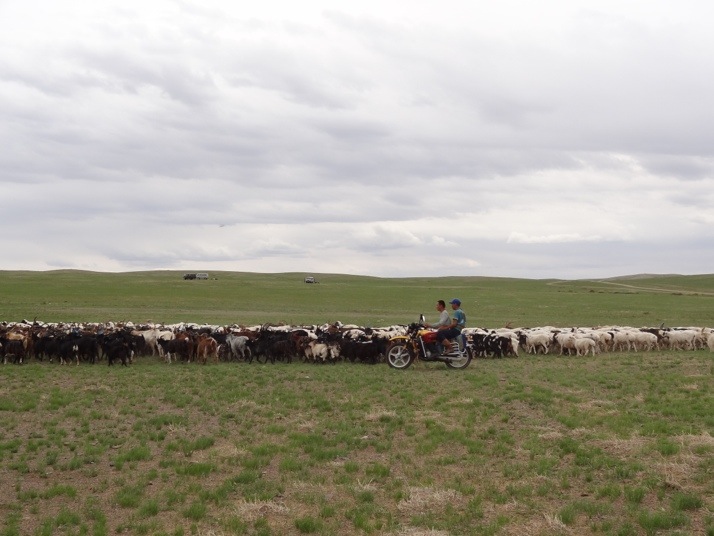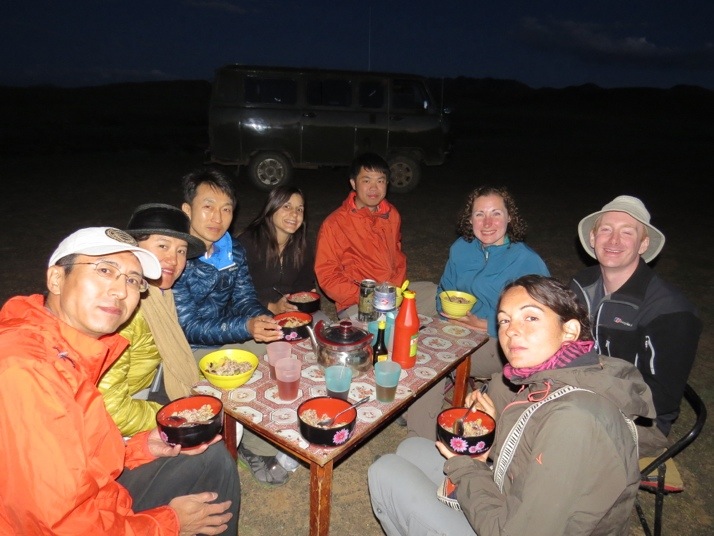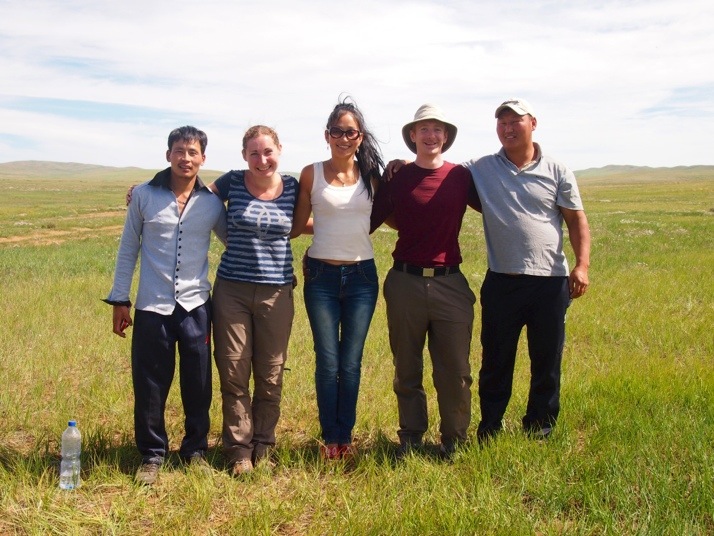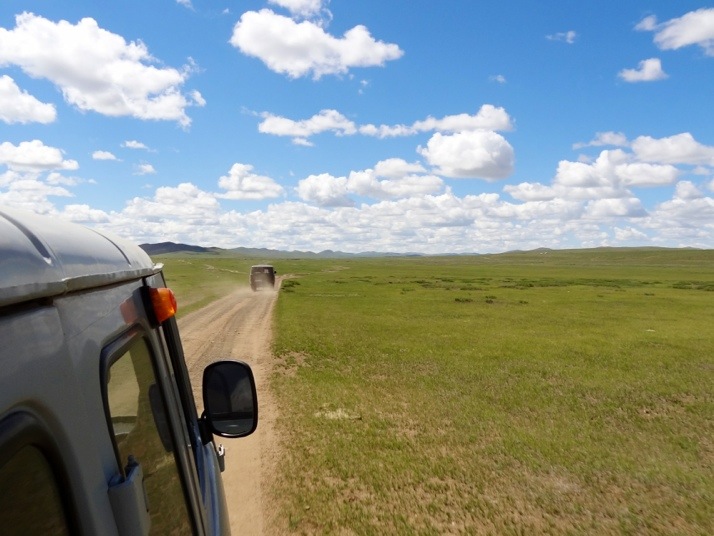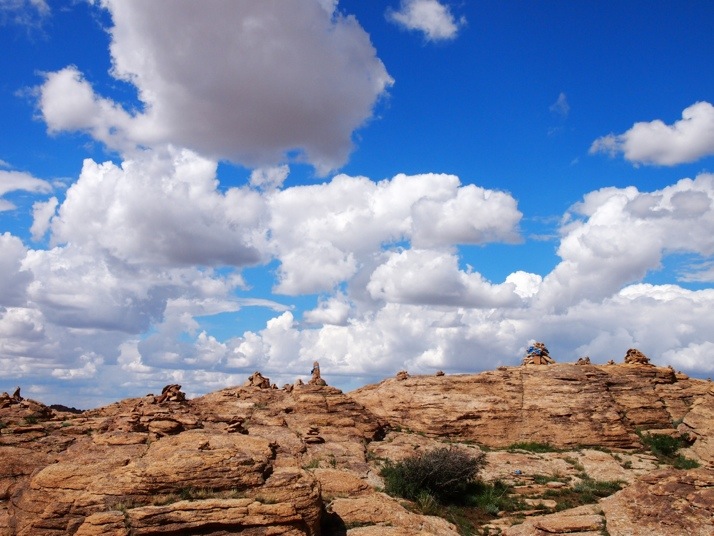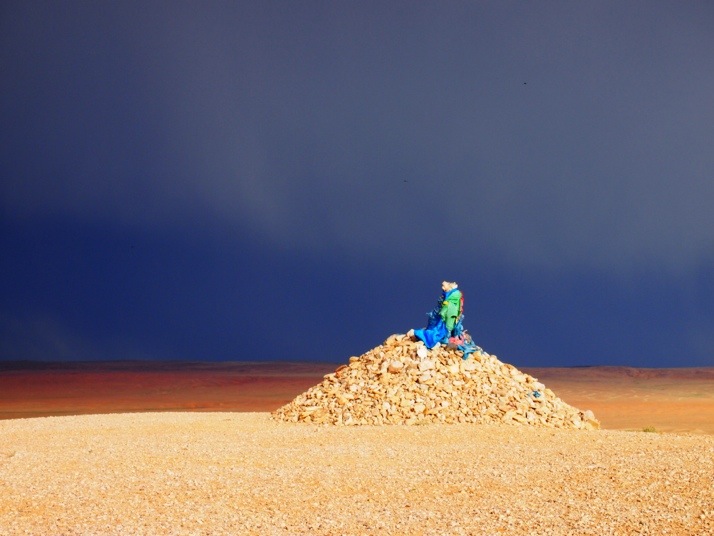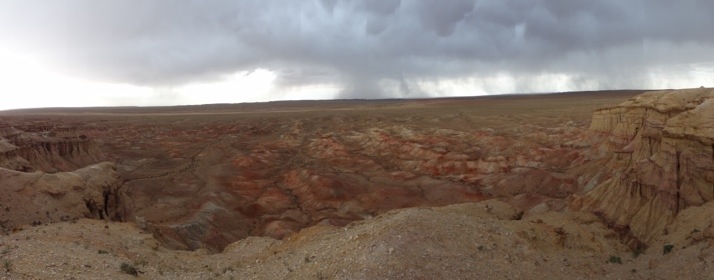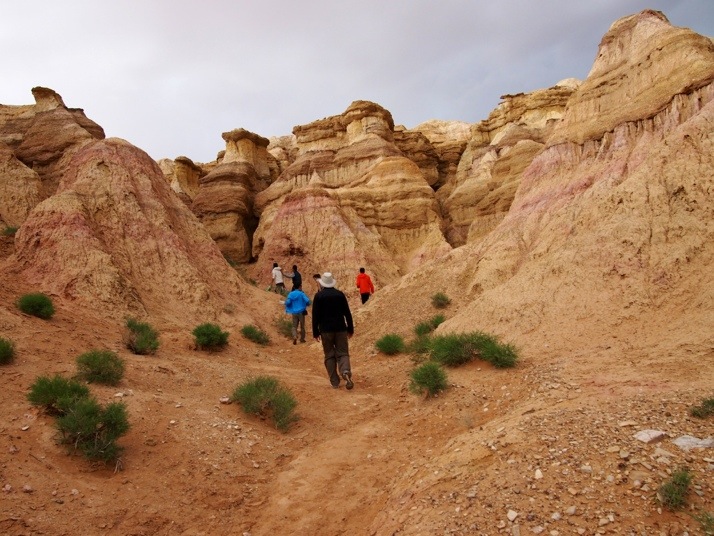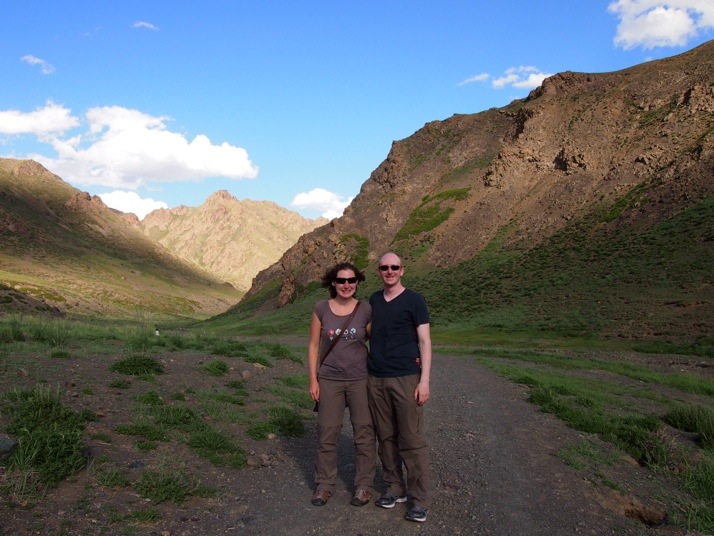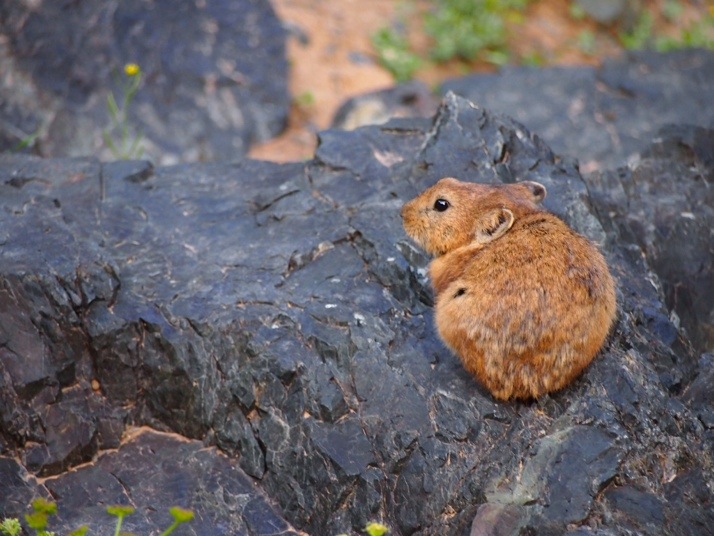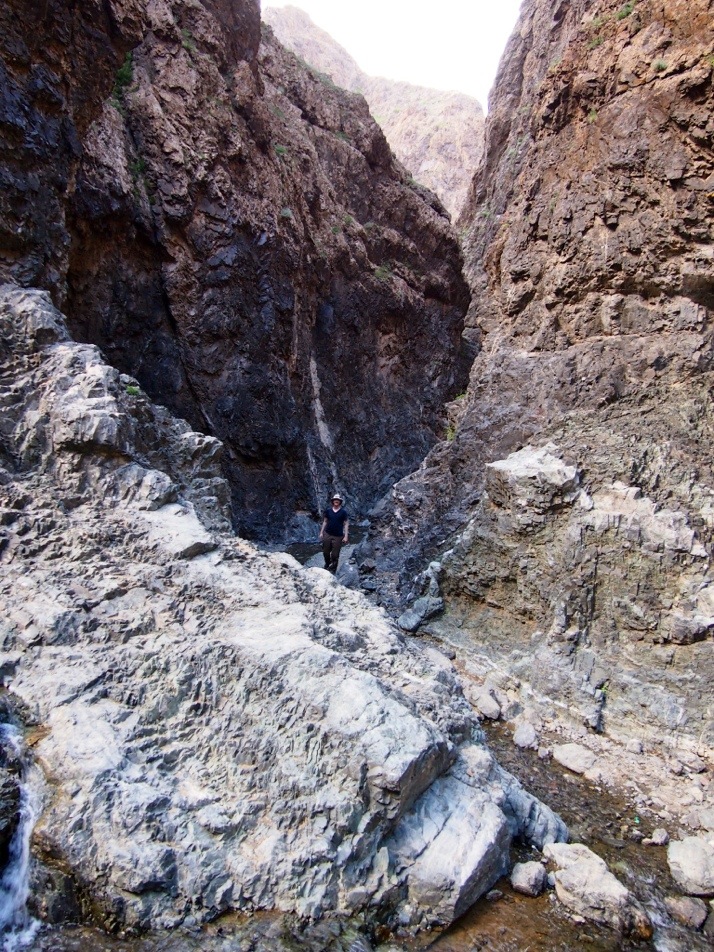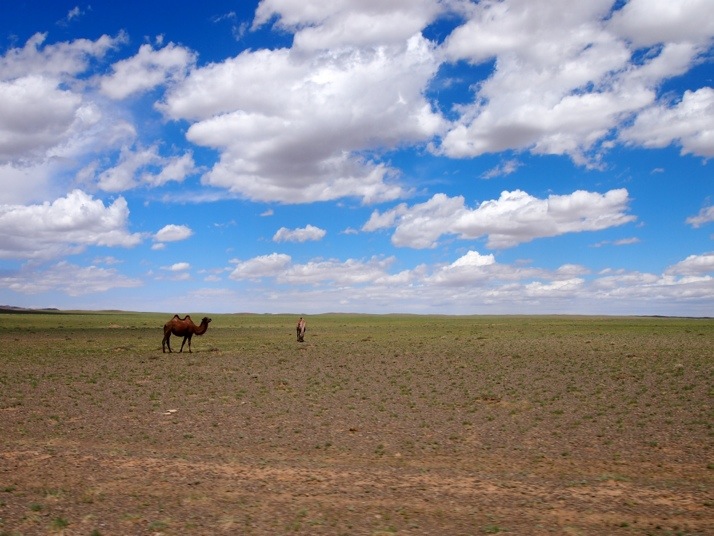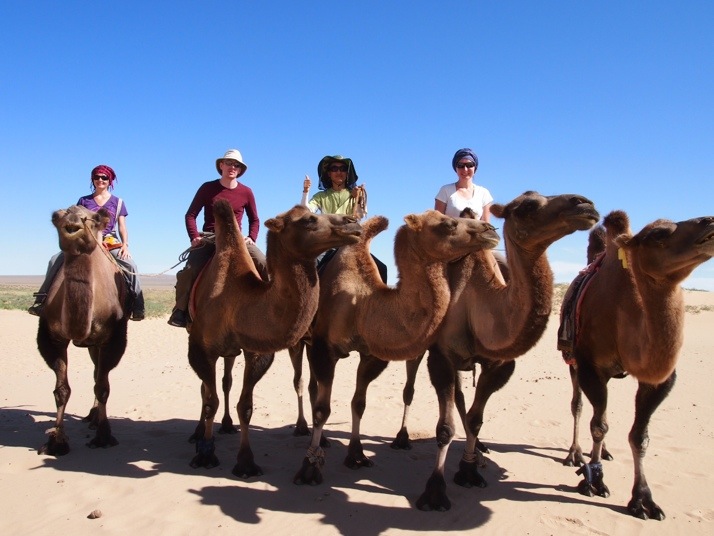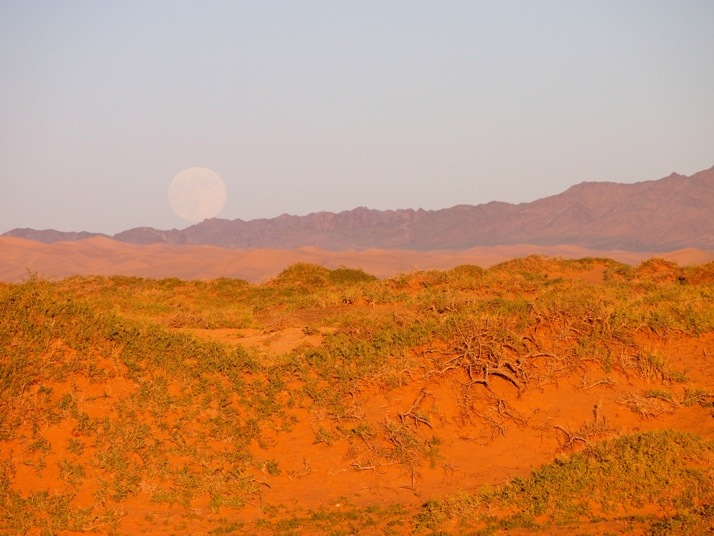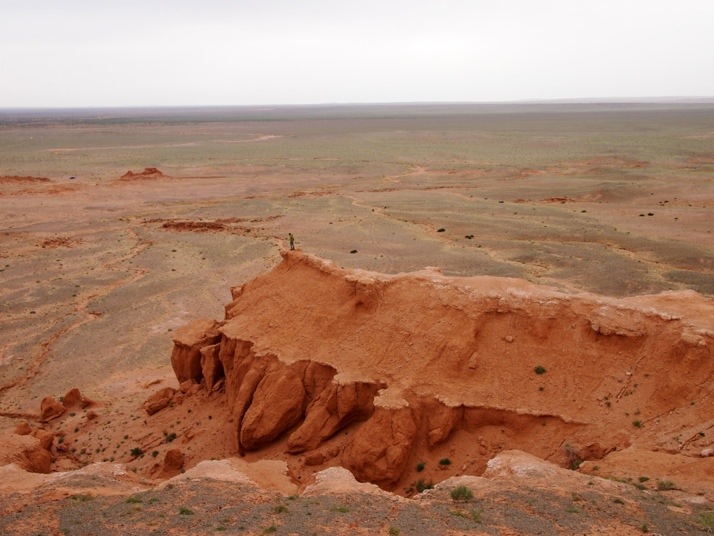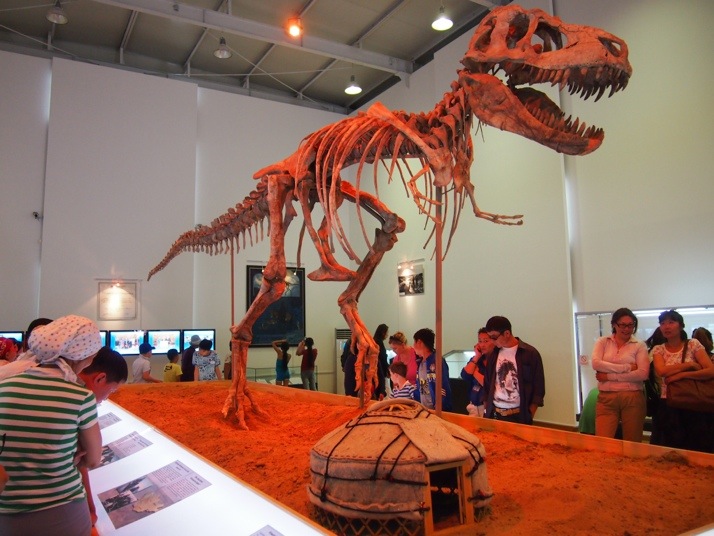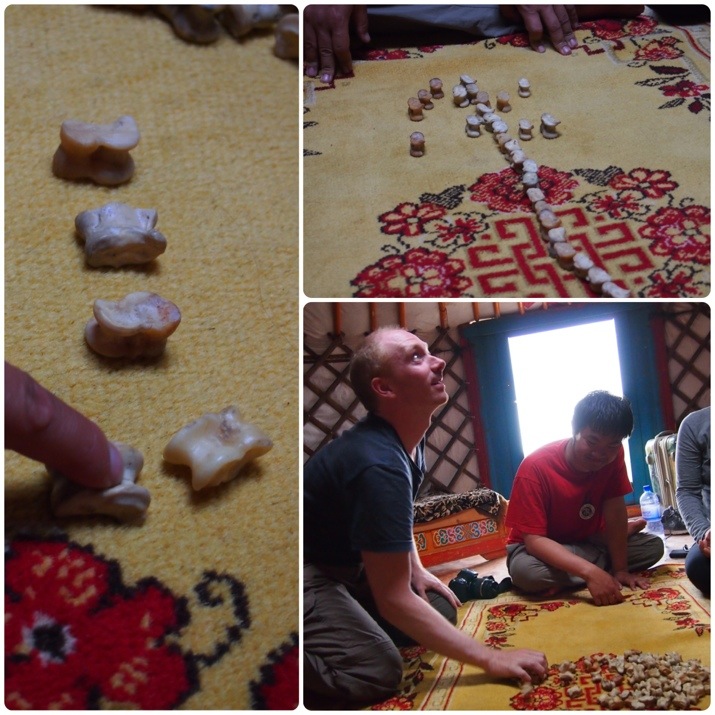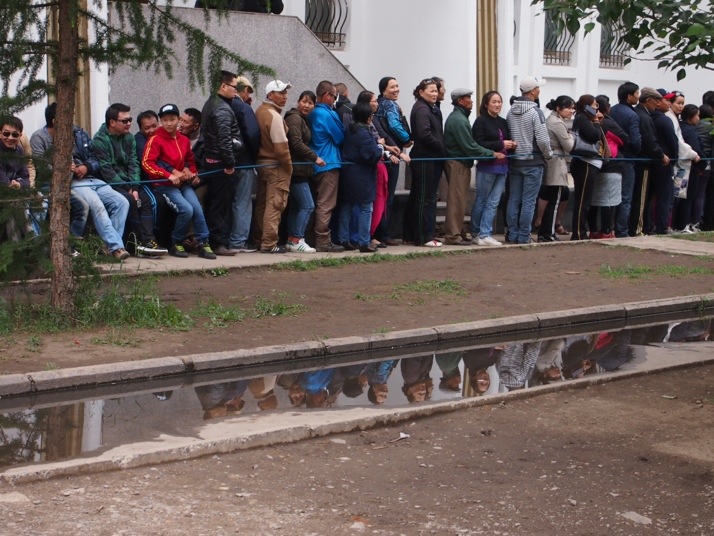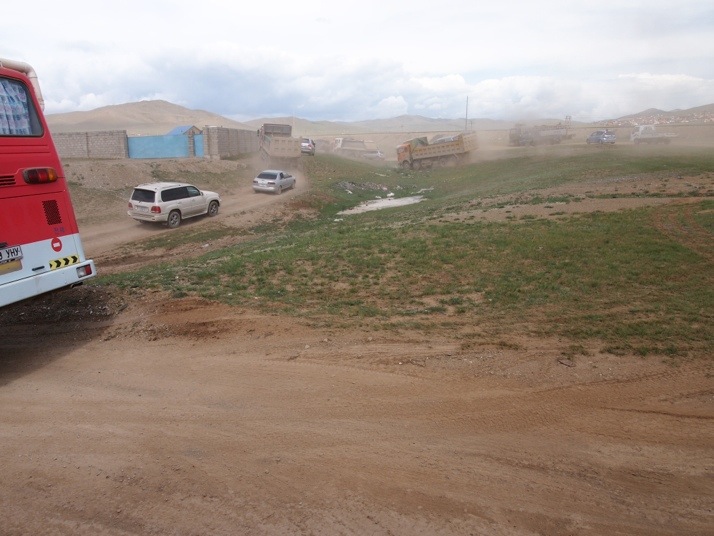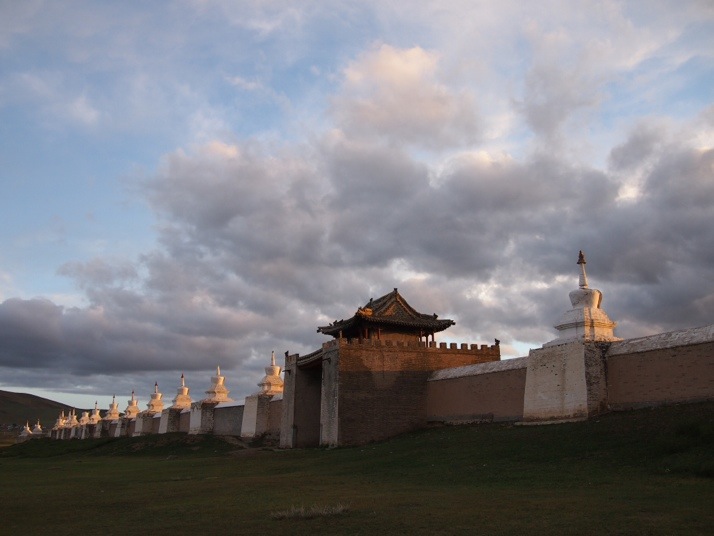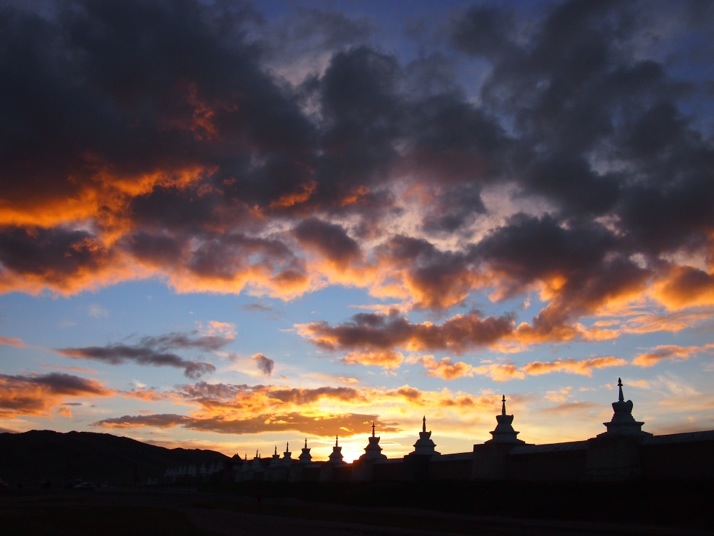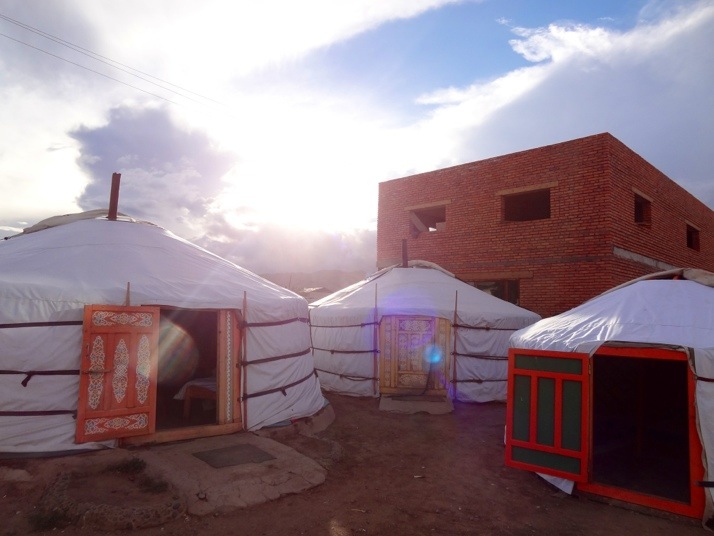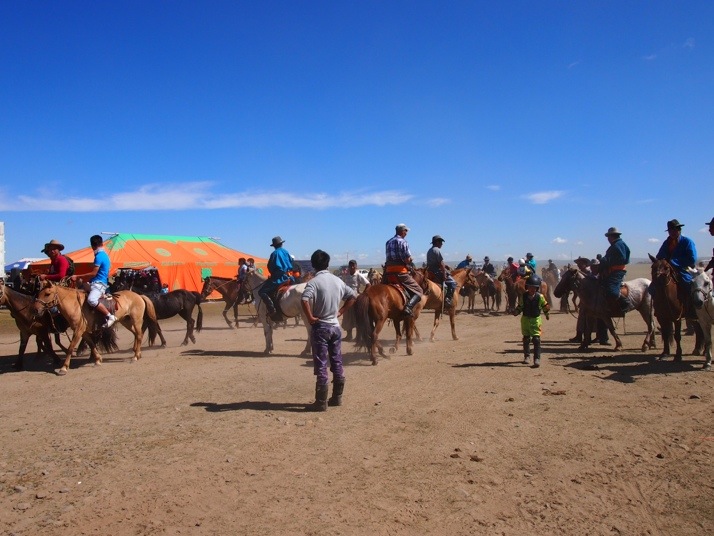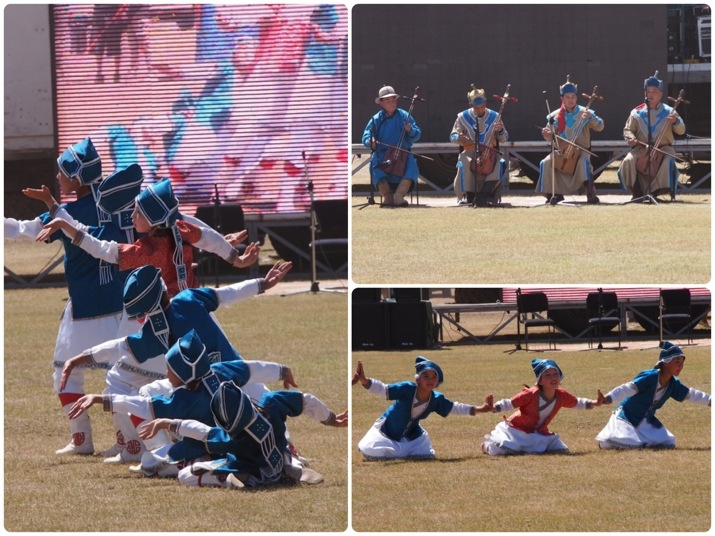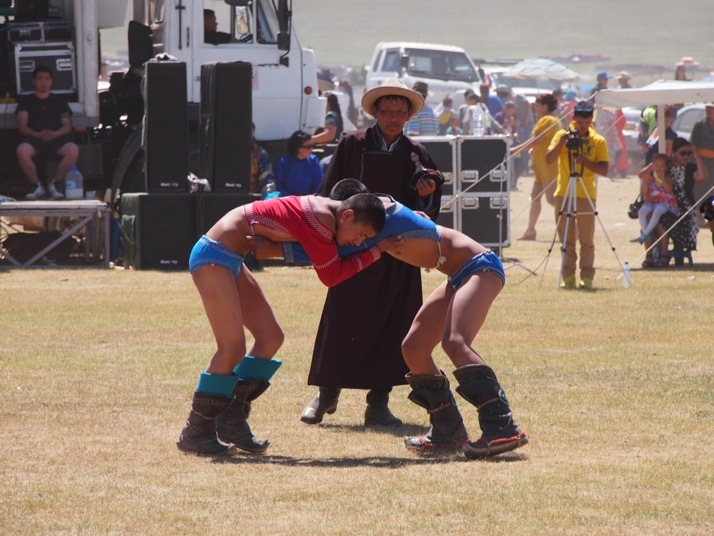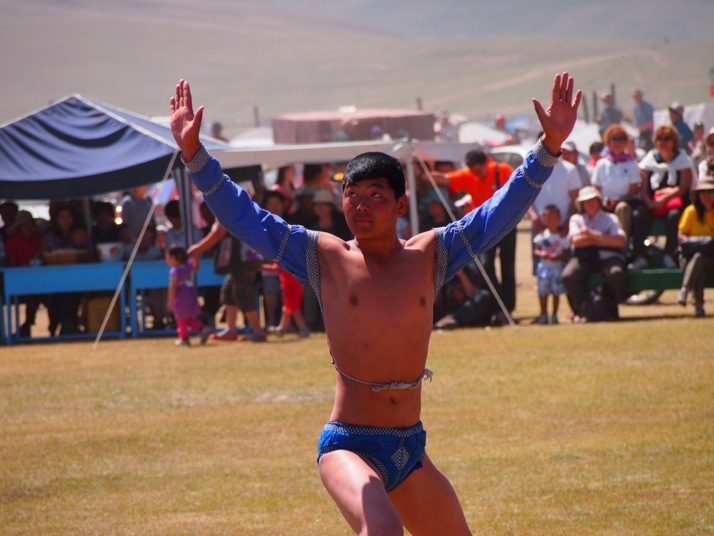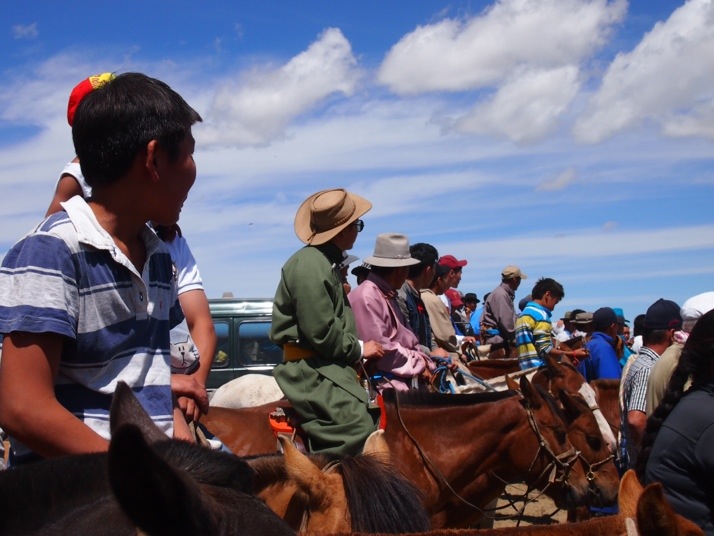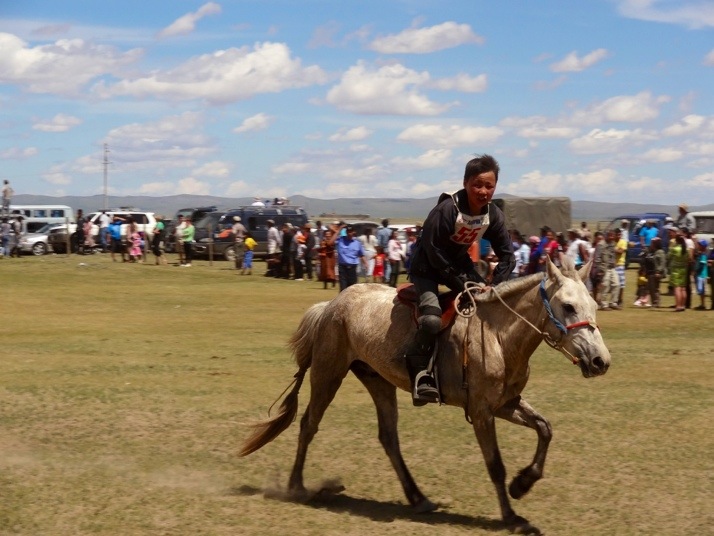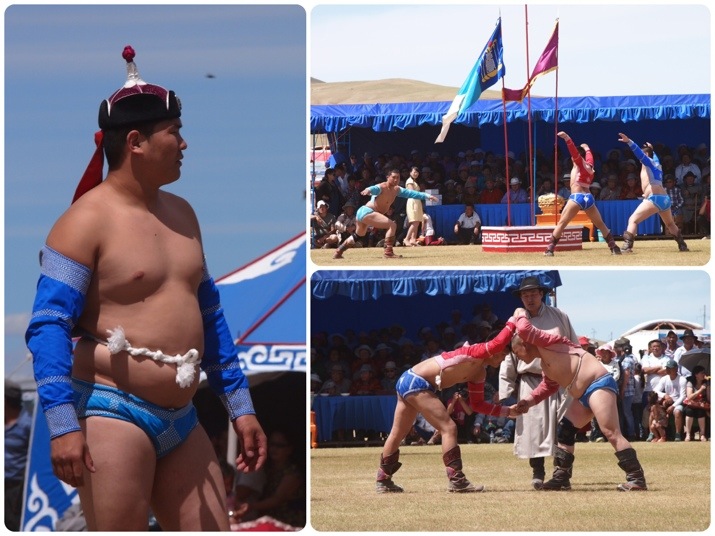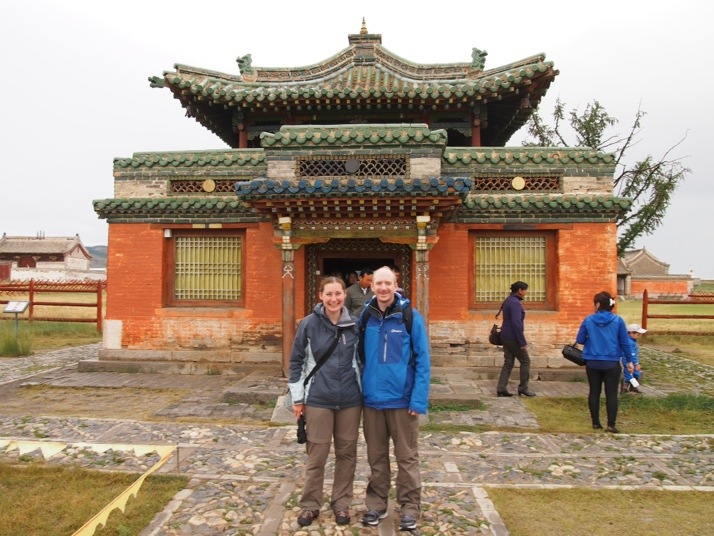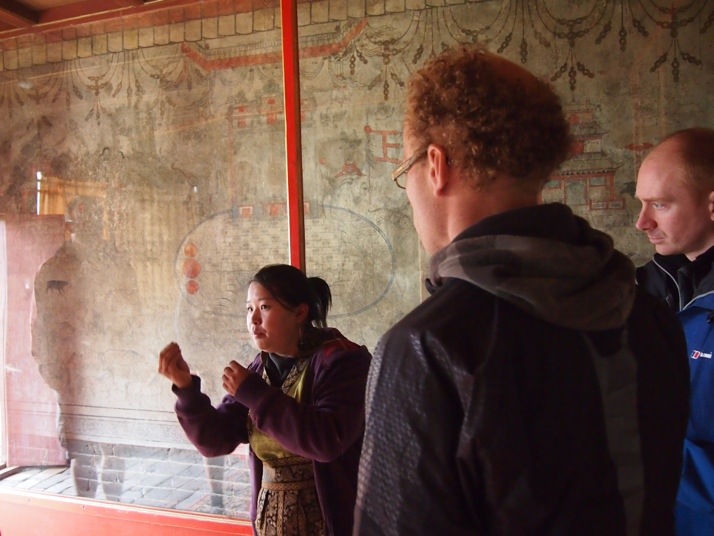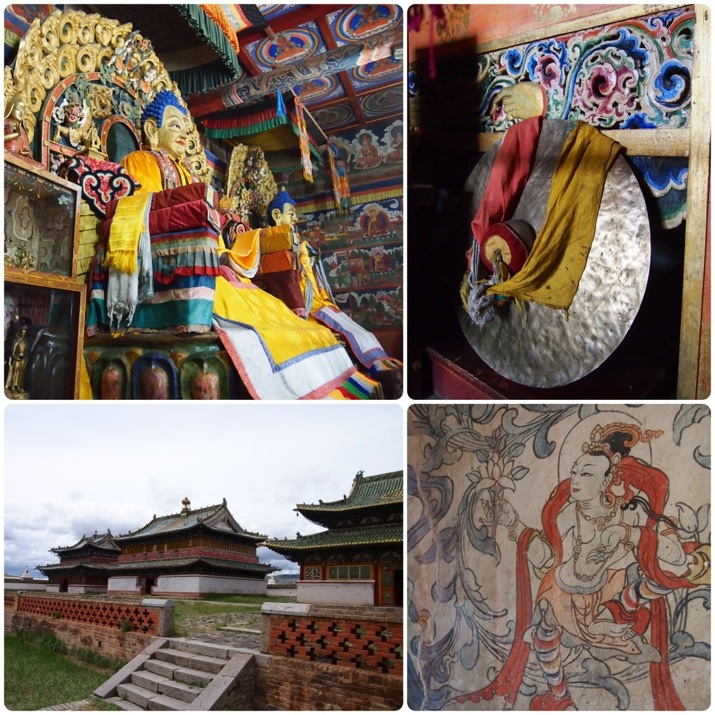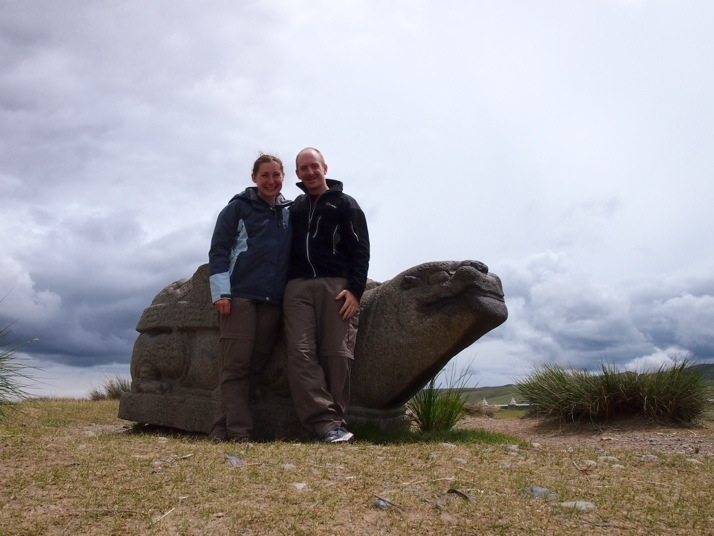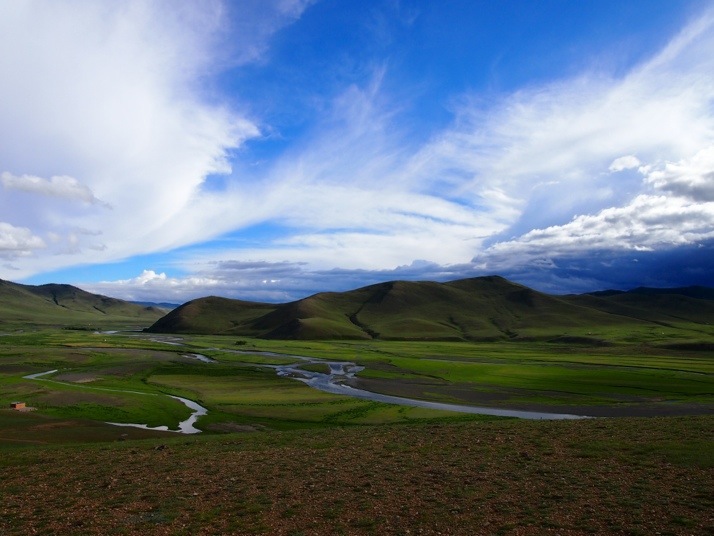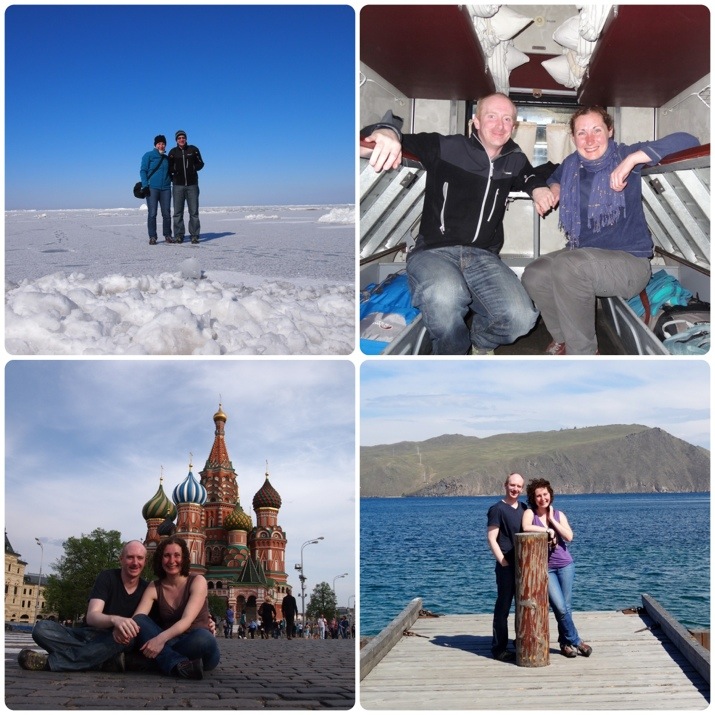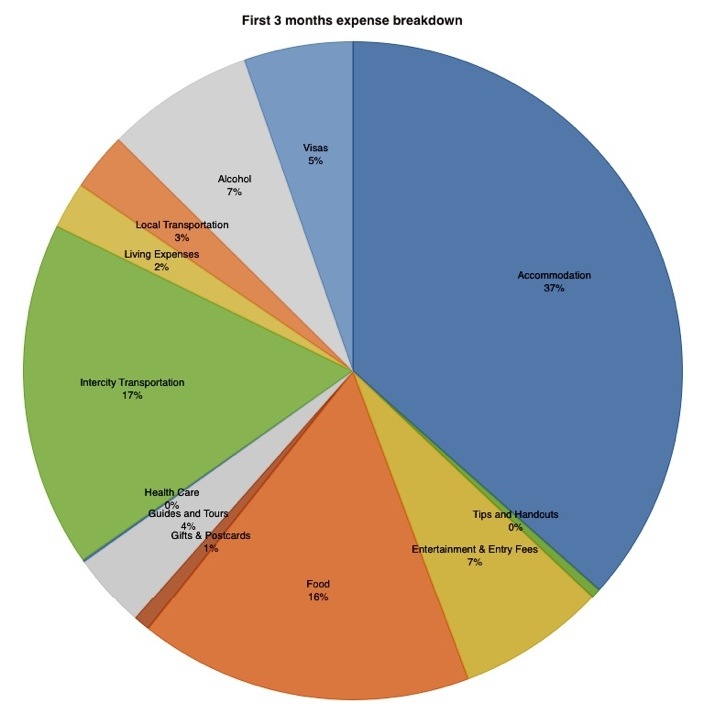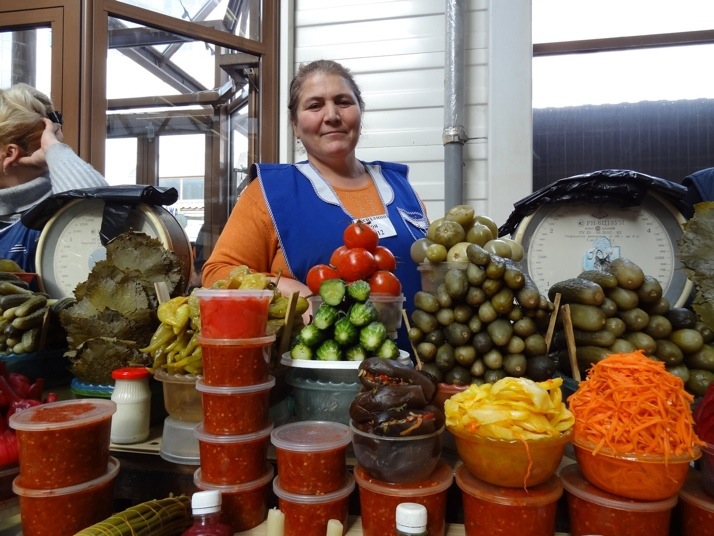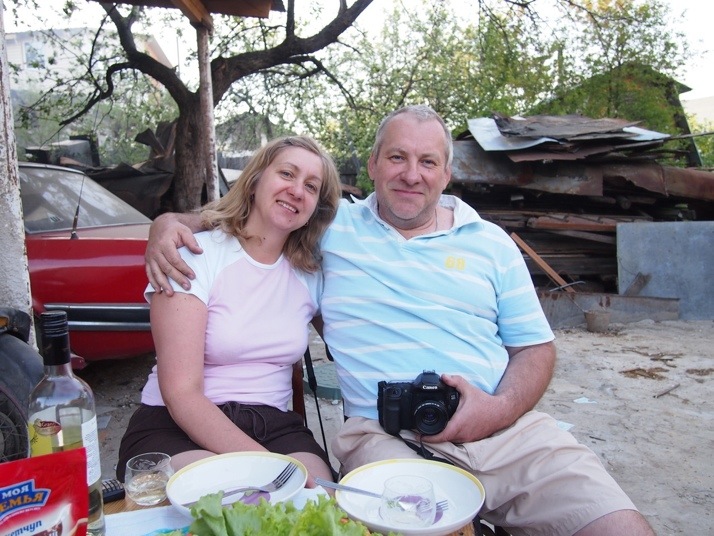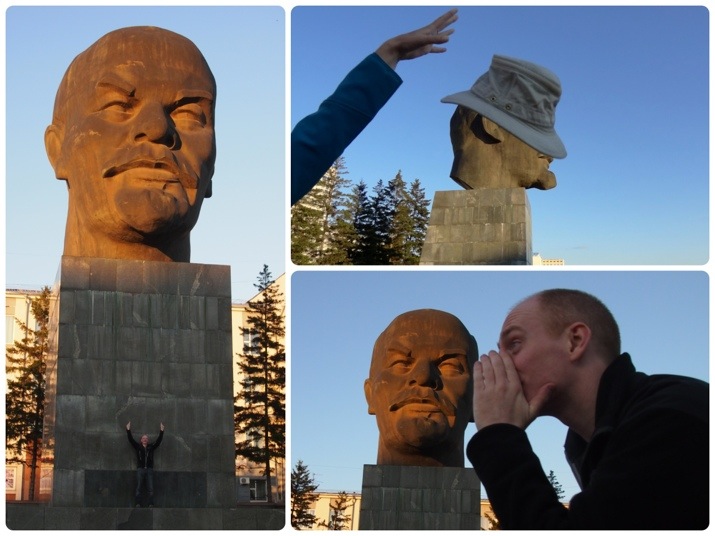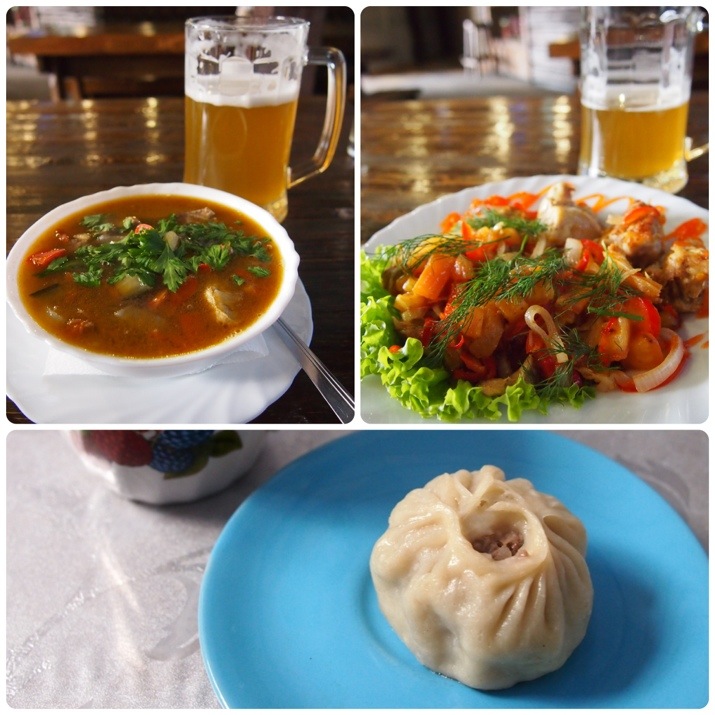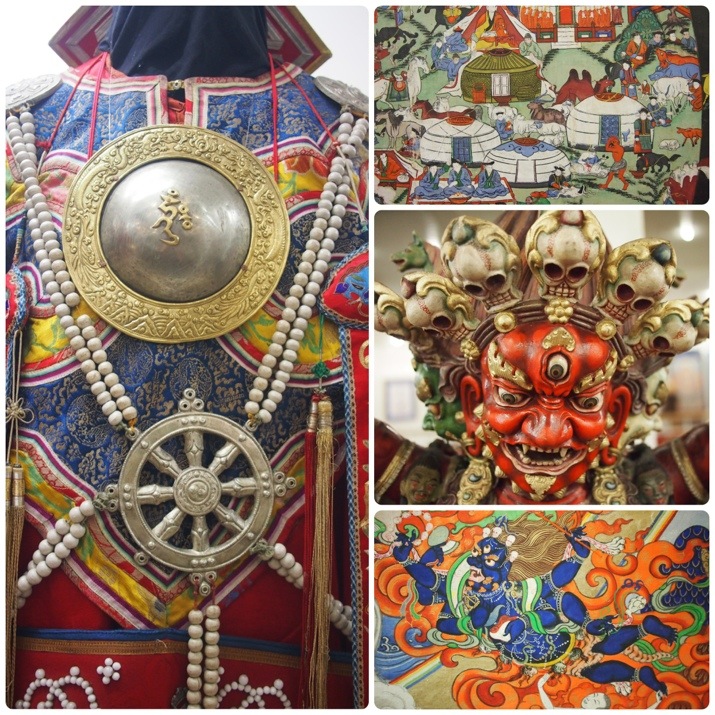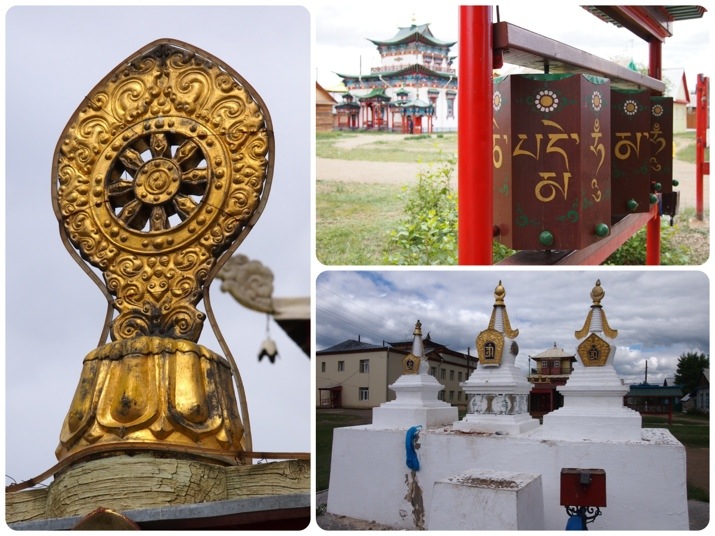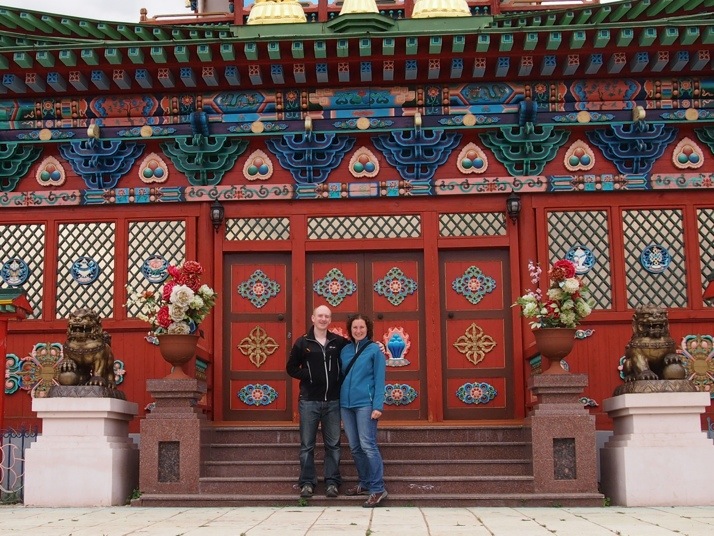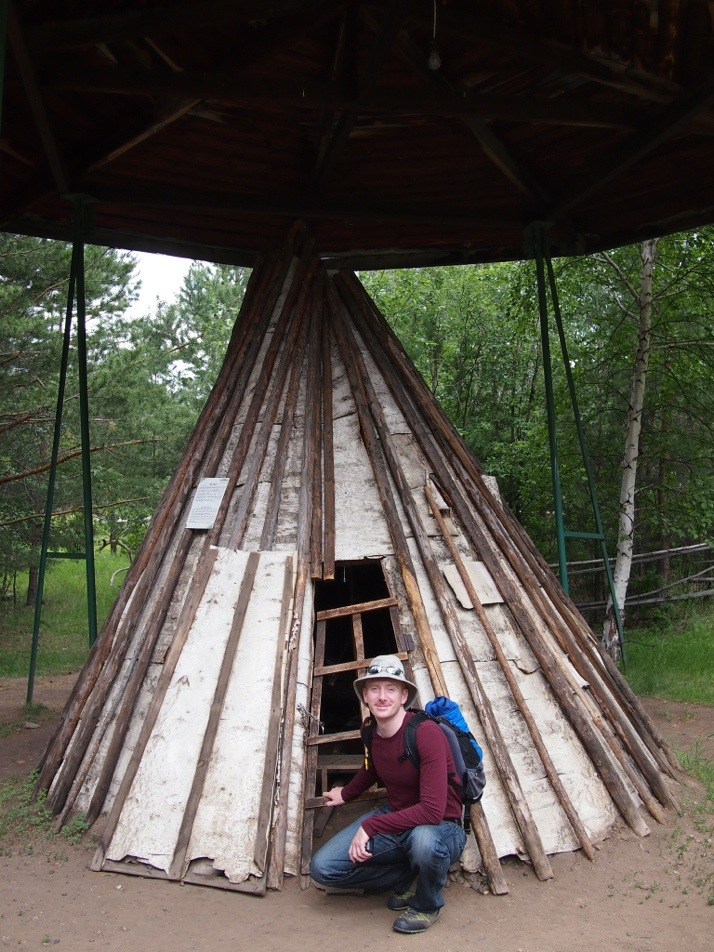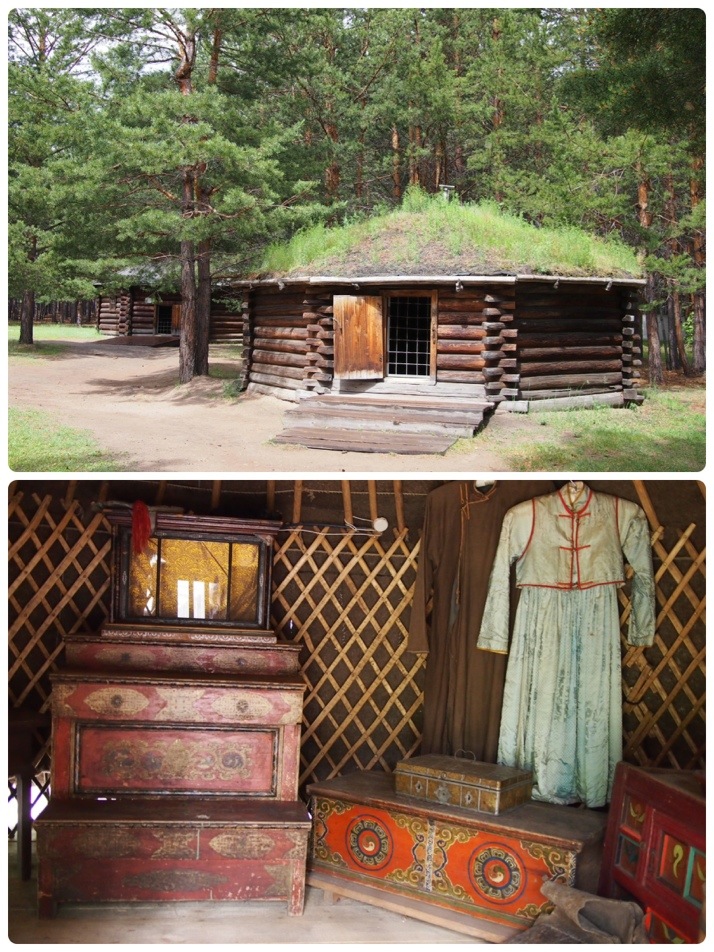On our recent trip to the Gobi Desert we were lucky enough to stay with nomadic families on most of the nights. This meant that we not only got to have a nosy inside a lived-in ger but we were able to see something of how the nomadic Mongolians live as well as learn some of the etiquette (there seem to be a LOT of rules for what you should and shouldn’t do).
The ger
The ger itself is an incredibly well evolved dwelling. It consists of lattice walls in several pieces (a standard size ger is a ‘five-wall’), two central columns supporting a circular roof centrepiece, and wooden radial poles which slat into the circle and are tied onto the top of the walls. The whole structure is covered in thick felt and a waterproof canvas. It might also have more decorative fabric curtains covering the inner walls. The door is always wooden and usually painted orange with colourful decorations, as are the wooden parts of the roof and its supports.
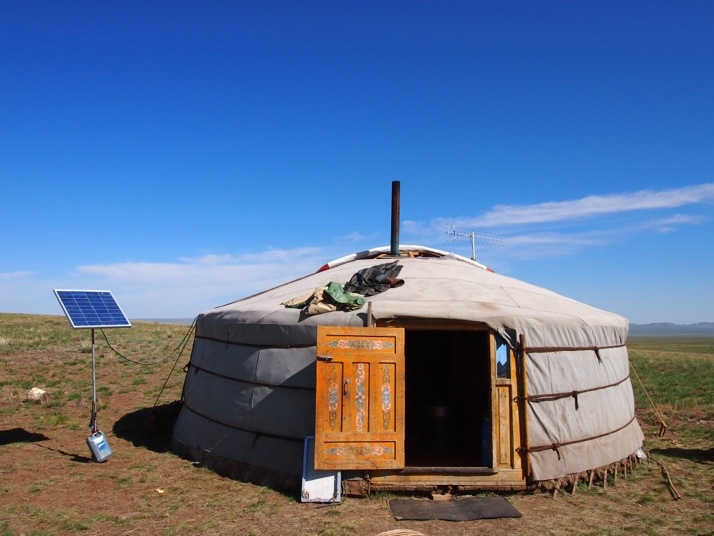 The ger we stayed in on the first night of the Gobi trip (note the solar panel to the left of the picture)
The ger we stayed in on the first night of the Gobi trip (note the solar panel to the left of the picture)
Heating is provided by a centrally located stove with a chimney through the circular part of the roof. For families living in the treeless desert, fuel is provided by their animals’ dung. Traditionally, the right hand side of the ger (as you come through the door) is the woman’s domain – the kitchen area is here. Men stay on the left side and nowadays this is where the TV is usually found – electricity is provided by a solar panel that charges a car battery. At the back of the ger, opposite the door, is the most honoured place and this is where you will find the family’s altar – the vast majority of Mongolians are Buddhists.
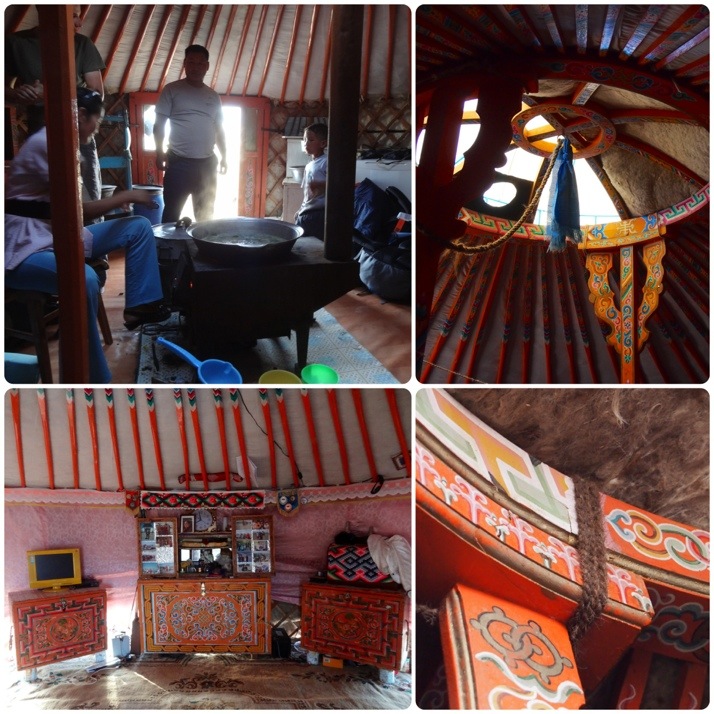 Interior of a ger (clockwise from top left): Centrally located stove, central roof piece, wooden supports lashed together, brightly painted furniture
Interior of a ger (clockwise from top left): Centrally located stove, central roof piece, wooden supports lashed together, brightly painted furniture
There is a square of fabric covering the centre of the roof which can be opened during the day to let in light and allow the air to circulate and closed on a night to keep in the warmth, or if it’s raining. It fits neatly around the chimney.
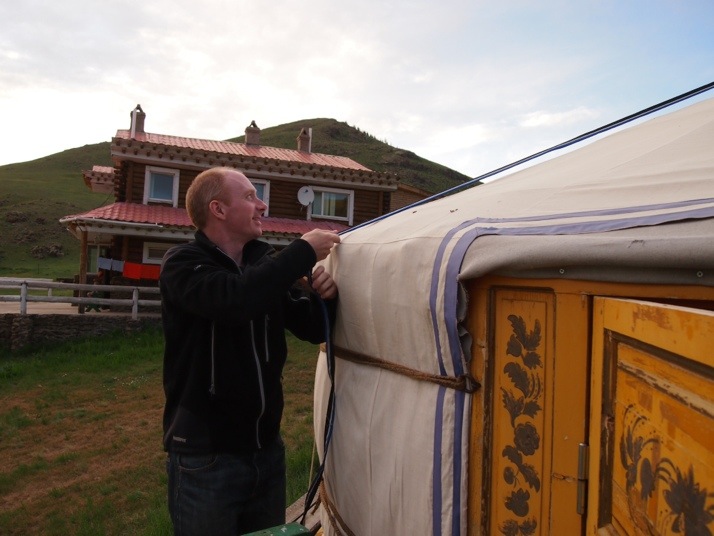
Andrew closing the roof
You’ll have noticed there’s been no mention of bathroom facilities so far… let’s just say that the toilets are pretty basic but do usually have an amazing view!
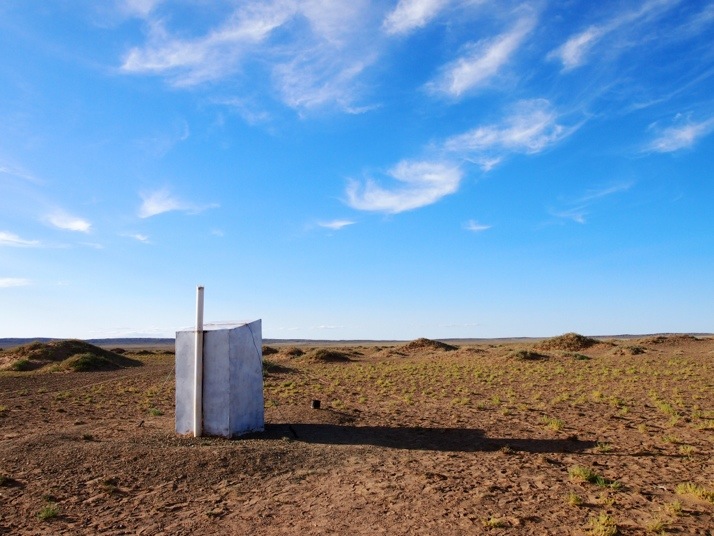 Ger camp toilet shack
Ger camp toilet shack
Mongolian people have been nomadic for centuries and this means that the ger has to be dismantled and reconstructed fairly regularly. Our tour guide Ogii told us that 4 people can put up a ger in just 2 hours.
Rules for visitors
As I mentioned, there’s quite a bit of etiquette involved in visiting a ger and for a surprising number of them getting something wrong means ‘I want to kill you’ (according to Ogii at least). Here are just a few of the rules we learnt:
- You can enter a ger without knocking but you should call out “Nokhoi Khorio” which literally translates as “Hold the dogs”
- You should step through the door right leg first (and if you stand on the threshold it means you want to kill them)
- The host will usually offer tea and snacks when you arrive, and you should touch the snack bowl before taking something from it
- In the ger it is fine to sit on a bed, a stool or the floor, but if sitting on the floor you should not squat as this is how dogs sit
- If you drink alcohol, or take a meal with the family, you should make sure to leave a little in the bowl or on the plate to show that you’ve had enough
- Traditionally when Mongolian men greet each other they will exchange snuff bottles and take a little of the other’s snuff. Snuff bottles are exchanged with the right hand, and the bottle top should be a little open
- When leaving the ger, make sure not to carry your rucksack on your back as this means that you did not enjoy your stay and don’t want to come back!
The nomadic way of life
Nomadic Mongolians are livestock herders. They will have a mixed flock of sheep and goats, some horses and maybe a herd of cows or camels (or even yaks in the hillier regions). Each day the animals are sent out to graze. There are no fences in Mongolia so they just go where they like but they seem to stay together so are pretty easy to round up on a night. Traditionally this is done on horseback but we saw quite a few guys on motorbikes as well. The animals are kept close to the ger at night and the lambs and kids might be put in a pen to keep them safe. The family’s dogs are responsible for keeping wolves at bay.
On the second night of our Gobi trip we were able to help (or more likely hinder…) the family round up the sheep and goats – they weren’t far away so we were on foot. We also saw the very efficient milking system that the woman of the family used. First all the goats to be milked were put in a pen, caught one-by-one, lined up and their necks tied together. She could then milk each goat in turn without missing any, or any wandering off. We also got a chance to try our hand at milking – it’s quite a skill and not as easy as the locals make it look!

Milking the goats (clockwise from top left): Julie helping to catch the goats, Andrew making friends with a kid, goats in a line, milking in progress
In summertime the family must work hard to ensure that all of the necessary work is done while the weather is good. But Ogii told us that in the very cold winter, after the animals have been moved to a more sheltered spot, they have some time to relax in the ger.

 two year trip
two year trip